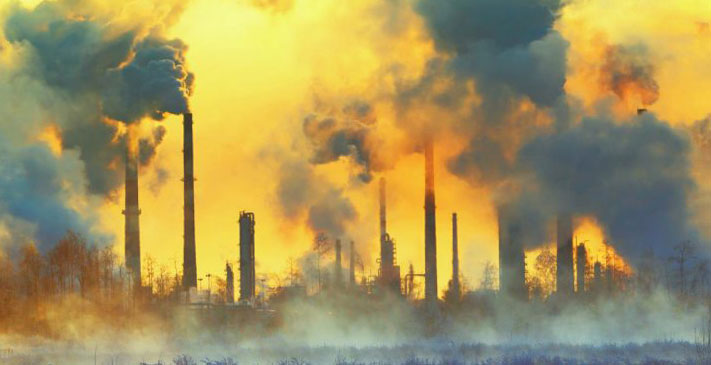What are VOCs and what does the legislation say about them? In this article, we will clarify the topic and provide essential information to better understand volatile organic compounds.
Volatile organic compounds (VOCs), known as COVs or VOCs (from the English Volatile Organic Compounds), are substances whose molecules contain different functional groups. Consequently, they can exhibit varying physical and chemical behaviors but share high volatility.
Examples of VOCs include organic solvents such as thinners and paints, benzene, as well as liquid hydrocarbons containing chlorine, fluorine, sulfur, and nitrogen.
Italian legislation defines volatile organic compounds as all substances that, at a temperature of 293.15 K (20 °C), have a vapor pressure equal to or greater than 0.01 kPa.
The three categories of VOCs
Volatile organic compounds can be divided into three main categories based on their origin:
-
Anthropogenic compounds, i.e., generated by human activities, often derived from petroleum or combustion processes. Common examples include benzene, toluene, methane, ethanol, and carbon tetrachloride.
-
Biogenic compounds, of natural origin, such as terpenes found in plant essential oils.
-
Anthropogenic and biogenic compounds, such as isoprene, which can have either natural or artificial origins.
VOCs pose a health hazard, with effects that can appear both in the short and long term.
-
Short-term effects: headaches, nausea, skin, eye, and respiratory irritation.
-
Long-term effects: more severe risks, including the development of tumors and permanent damage to the nervous system.
For this reason, their use should be limited to dedicated areas equipped with vapor capture and extraction systems to reduce exposure and ensure greater safety.
What Does the Law Say About Volatile Organic Compounds?
D.Lgs. 152/2006, specifically Article 275 and Annex III of Part Five, establishes:
-
Emission limits for specific activities;
-
Methods of monitoring and control;
-
Criteria for evaluating compliance with measured values;
-
Methodologies for drafting the solvent management plan, when required.
D.Lgs. 161/2006, implementing Directive 2004/42/EC, introduced further provisions regarding paints, coatings, and bodywork products. Specifically, it sets limits on VOC content, labeling obligations, and the analytical methods to be used for detection.
Finally, Directive 2010/75/EU provides rules for the prevention and integrated reduction of pollution from industrial activities. The goal is to reduce emissions into the air, water, and soil, minimize waste production, and ensure a high level of overall environmental protection.
Every company using volatile organic compounds in its production processes is therefore required to manage them through monitoring and extraction systems, in full compliance with current regulations, to protect both the environment and workers’ health.



